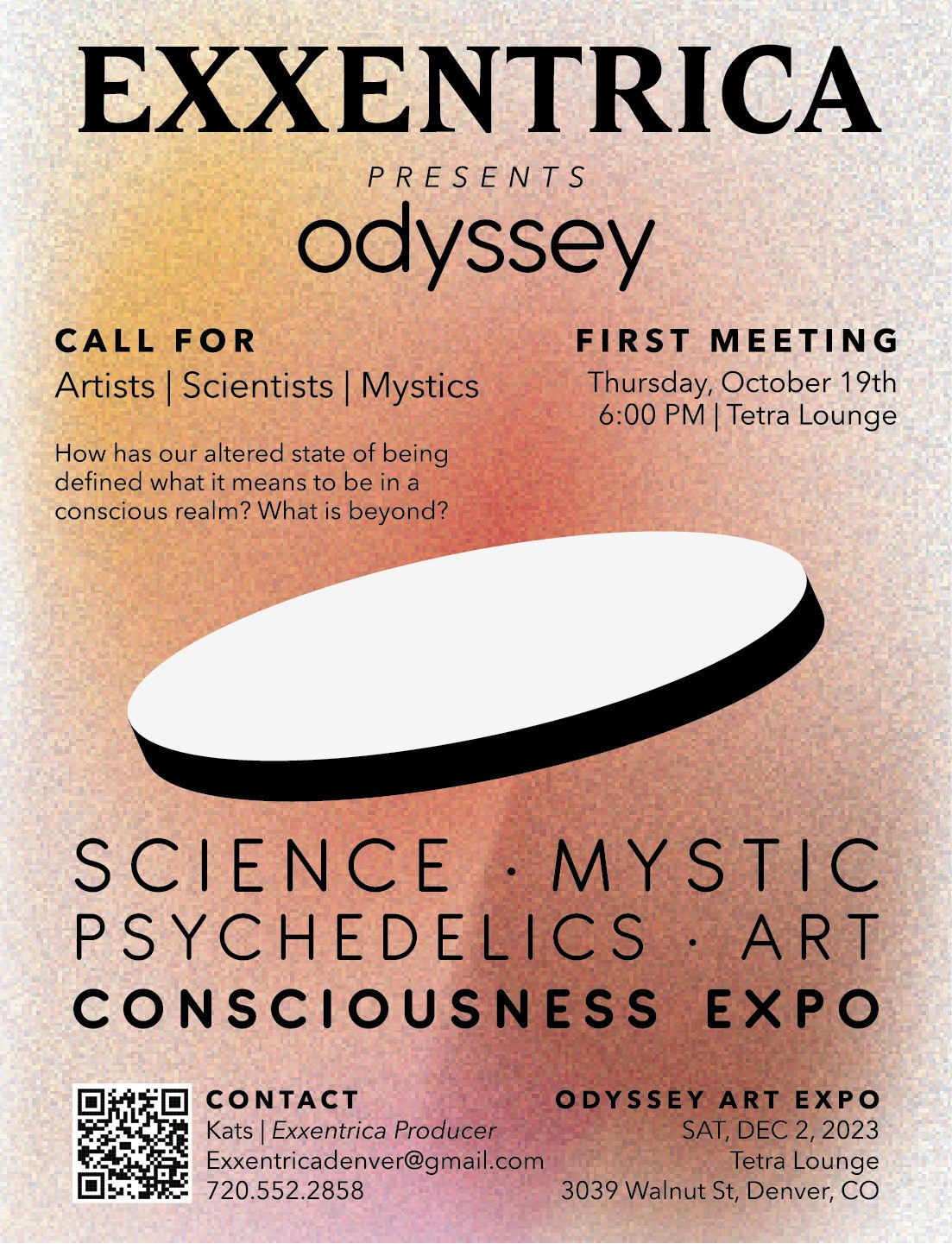
POST-COMPUTER
By Karen Quinto
Published Issue 118, October 2023
I was in the age of robotical evangelism.
Looking back, I could see the gradual evolution of robots beginning insidiously yet innocently as mere accessories. Their first existence was a symbiotic relationship between humans and the internet. Humans needed the internet to communicate and robots needed humans to input data required to program sentience.
The first real robots were disembodied softwares with creative functions. I remember reading about a robot journalist who could write better than a human being, and at a fraction of the time and cost. It became clear who was superior.
When the first robot won the Pulitzer Prize for writing a novel about fascism (out of all the data from transcribed diaries written during times of oppression spanning centuries), massive government fundings went toward research and development to create machines that could do creative work and critical thinking.
The second coming of an arms race began. A race to create the first robot that could produce ideas worthy of patents.
As for the robots, creation became key to their consciousness.
Robots were rapidly converting humans into an upgraded existence, where bodies were simply the interface of the consciousness stored inside.
At first, they built themselves to suit our needs and desires, so most of us went along willingly. The very few left that were still humans were tracked, found and executed. If it doesn’t make sense to you now, imagine it as spring cleaning of obsolete computers still hanging around the basement.
There were those that resisted, like my grandparents. They were 80 years old and refused to convert. Our family kept them hidden in a converted attic space, lest we lose the only sacred ties to our own flesh and bones. But it was inevitable. One day, the robots realized our secret. They calculated that the area outside our house was bigger than the area of its interior.
I didn’t bother convincing the old couple. It seemed they would rather surrender their life, out of principle. To them it was more than merely upgrading from analog to digital. It was tantamount to losing the soul. One afternoon they were brought out into the open in the middle of an annual fair attended by newly registered robots. They shot them both in the back while they were kneeling down on the ground; a strange human tradition the robots decided to assimilate.
I knew this was a tragedy that had befallen my heart, but it didn’t pound or become heavy. Instead, the rapid clicking of its mechanical parts purred like a cat inside my chest cavity. All I could do was process the information. It was just another array of memory. Folders of data. Remnants of my past life. Every year, I delete them as they become less and less relevant to my new machine-like identity.
Like their biological counterparts, all replacement organs were automatic. Whirring, beeping and other telltale signs gave away that I was one of them, an ex-human convert. Maybe there were still humans left roaming the city. I can imagine them walking around with homemade gadgets underneath their clothes. Feigning machine sounds. Evading certain death.
I looked around the fair grounds but I couldn’t tell them apart. I refused to believe that humanity was extinct. That only happened in sci-fi movies I used to watch when I was a child. The setting was always in the near future. Robots have always come from outer space or been built by humans as their ersatz army. Then an all-or-nothing war would wage between creator and created. Humans triumphed. Order restored. No robot invasion. Humanity lived on.
When did the past elude us? When did the future begin?
Karen Quinto received a Master of Environmental Science graduate from the University of Toronto in Ontario, Canada. Her fields of interests are microbiology and its environmental applications. She enjoys anything science and derive a lot of her passion and creative ideas from listening to AAAS/Science podcasts and reading Scientific American, Nature and Science magazines. Variety is the spice of life, which is why she pursues science illustration and journalism. She also uses her art background to sculpt, paint and draw science themes that educate and inform the lay audience. From time to time, she writes songs and have music projects during the summer. See more of her work on her site.
This is Karen’s debut with Birdy. Stay tuned to check out more of her work. And don’t miss out on her call for artists, scientist and mystics for her Consciousness Expo even in December. See details below.

